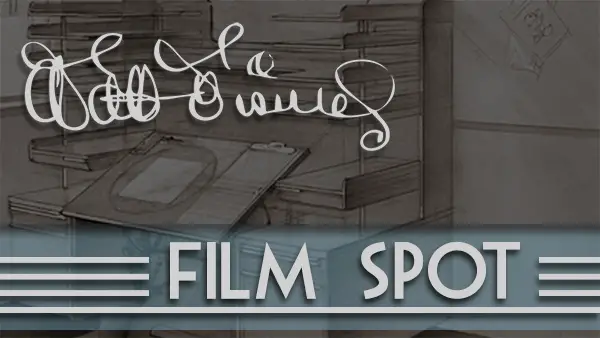When Snow White and the Seven Dwarfs became a massive hit for the Walt Disney Studio, fans were quick to pressure the studio into making a sequel. Such was a film society that was used to studios making cheap follow-ups to big hits (a product of the Great Depression). After all, this was the same culture that released a sequel to King Kong the same year the original film came out (the lesser-known Son of Kong).

However, the forward-thinking Walt Disney was already settling on another fairy tale to adapt. Due to difficulties in adapting the novel Bambi, a Life in the Woods into an animated feature – the animators weren’t quite ready for realistic animal movements – Disney settled on the Italian children’s book, The Adventures of Pinocchio.
Much was changed from the original Pinocchio novel when translating it to the animated Disney format. Though Disney hadn’t quite yet established a significant storytelling style (that was soon to come), the writers and story artists of the studio had sufficient enough background in storytelling devices such as character development, pathos, and sympathy to realize that following the source material too closely would jeopardize the audience’s empathy with the film’s characters. After all, the original novel played up Pinocchio as more of a selfish Bart Simpson-esque brat, who ends up squashing the cricket, and being ungrateful. In reimagining Pinocchio as a curious, but misguided innocent, Disney ended up creating one of their most everlasting themes: wishes.
By depicting Pinocchio as a wishful puppet who only longs to be a real boy and be a good son to his father, Geppetto, Disney welcomed the idea of wishing upon a star to its cornucopia of storytelling styles. Along with the true love motif that they had established with Snow White, hopes and dreams became one of the sole requirements of every Disney story. With Pinocchio came a true move away from the vaudevillian-style comedy that Disney had originally began with alongside the other animation studios. Now, Disney had self-imposed upon itself the burden and the reward of crafting stories that touched the heart and soothed the soul. In Pinocchio, we are introduced to Jiminy Cricket’s song, When You Wish Upon a Star, which has since become the universal anthem of The Walt Disney Company, reflecting Walt Disney’s own ideals and beliefs.

Technical achievements also experienced a breakthrough during the making of Pinocchio. Whereas the previous film Snow White and the Seven Dwarfs was chosen specifically for its timeless fairy tale-esque time period, Pinocchio had the challenge of making a 19th century European Bavarian village universal to all generations, without rooting it in a specific age or dating it too much. While animators were experienced enough in animating humans and animals on Snow White, they were now given the challenge of animating vehicles like wagons and carriages realistically. Maquettes (scale models) were made to aid animators in analyzing the movement of vehicles and when it was too hard to caricature, they simply rotoscoped the maquettes and plussed it with some exaggeration thrown in. Special effects animation was also groundbreaking, from the fairy dust of the Blue Fairy to the water of the ocean.
When a filmmaker creates a great movie, we look forward to seeing the next work that they produce. It is the nature of the film business that the follow-up fails to live up to its predecessor’s status. This was not the case of Pinocchio. Pinocchio proved that the Disney Studio wasn’t a one-hit wonder and they knew how to take glorious risks.

